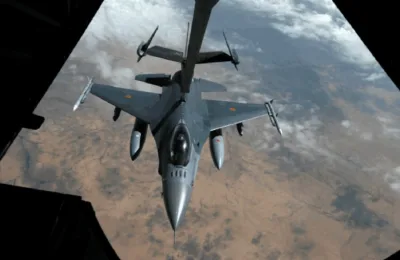Kenya’s security officers said Friday they have launched a major manhunt for al-Shabab militant behind recent…
Kenya’s security officers said Friday they have launched a major manhunt for al-Shabab militant behind recent murder of 11 police officers near the border with Somalia.

The police said Abdullahi Banati, a Somali Galjeel, led a team of militants that planted improvised explosive devices (IEDs) that killed paramilitary police officers from HarHar camp on Oct. 12.
“Investigations into the incident indicate that Banati is the commander of a team of militants operating along the border and masterminding nuisance attacks against security agencies and the members of the public,” the police said in a statement.
The police officers lost their lives at Degow on the road between Liboi and Damajale close to the Kenya-Somalia border as they were conducting a routine security patrol.
Police are said to have traced the activities of Banati and his team of militants to the border and it is suspected that he escaped to Somalia with the rest of the operatives.
The police said that the group is responsible for cross-border incursions into the Kenyan territory especially in Garissa and is responsible for numerous attacks along the border area.
“Banati planned the attack with the help of operatives operating within the Dadaab refugee complex. This will not be the first time that the complex has been adversely mentioned,” said the police.
In the past, the police said, the refugee complex has played host to attackers who carried out the Garissa University attack in 2015 in which 148 people were killed and also allowed the transit of attackers during the Westgate attack in 2013 in Nairobi where 67 people lost their lives and the Dusit attack on Jan. 15 where 25 people were killed.
“Police are calling on the members of the public with information on Abdullahi Banati to come forward and report in order to assist in investigations into the terror network in Garissa,” it said.
The police believe that the militant group still remains the major threat in areas along the common border, noting that the targets include security personnel and establishments along the border as well as commuter vehicles plying routes along the border and coastal regions.







